


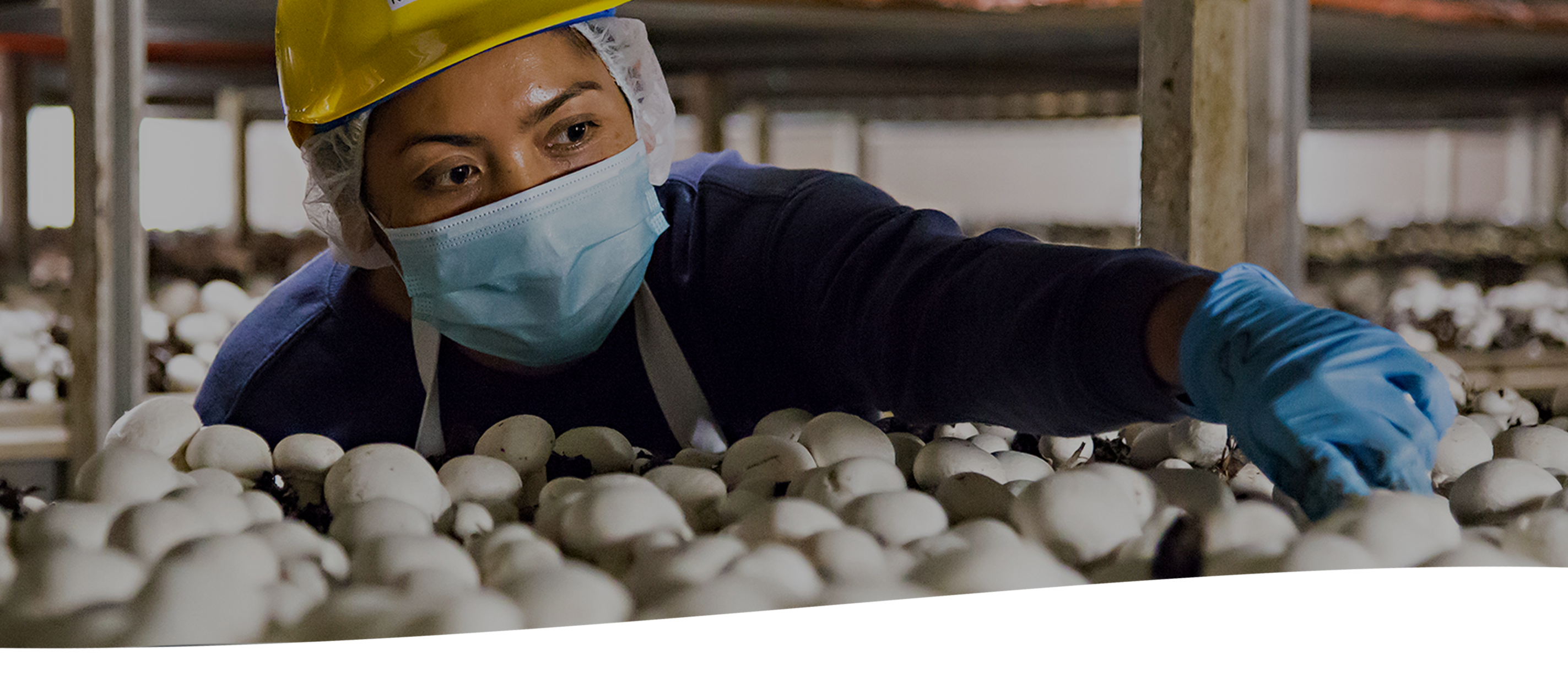
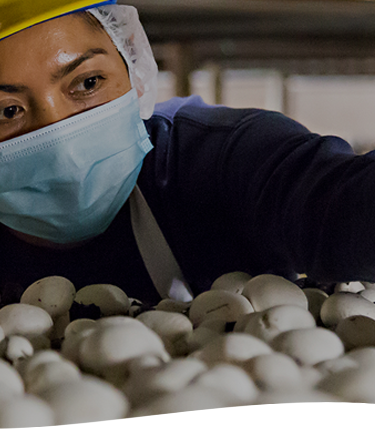

Our focus on ethical, sustainable and renewable growing practices is a top priority, and we rise to the challenge of creating a clean and sustainable future for our environment, our farms, our associates, our community and our customers.

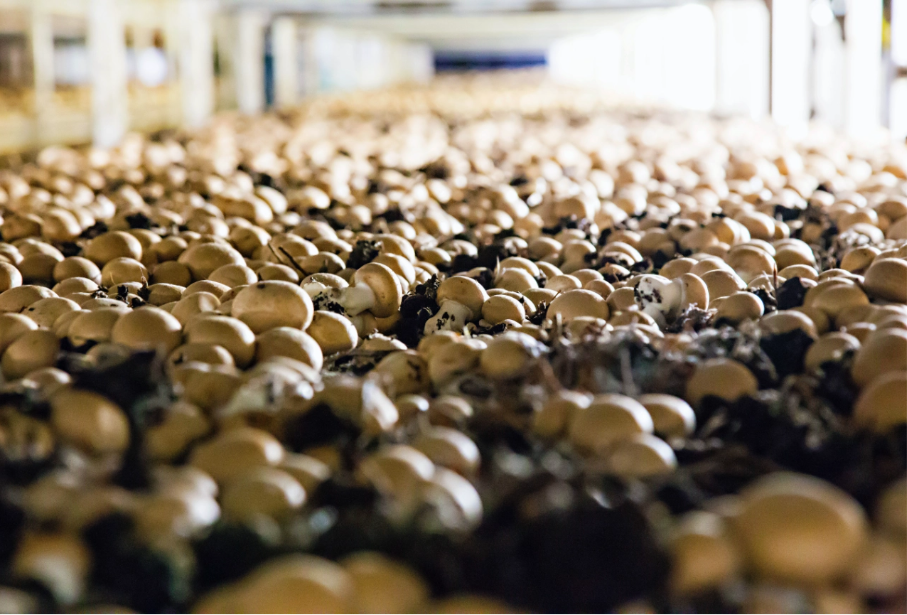
At Highline, we use technology to convert agricultural by-products into a nutrient-rich substrate for mushrooms to grow. Taking what other agricultural sectors might consider waste – straw, stable bedding, spent grain – and input into our substrate process. Our nitrogen-rich spent mushroom substrate (SMS) is shared with the community as soil amendment at the end of production.
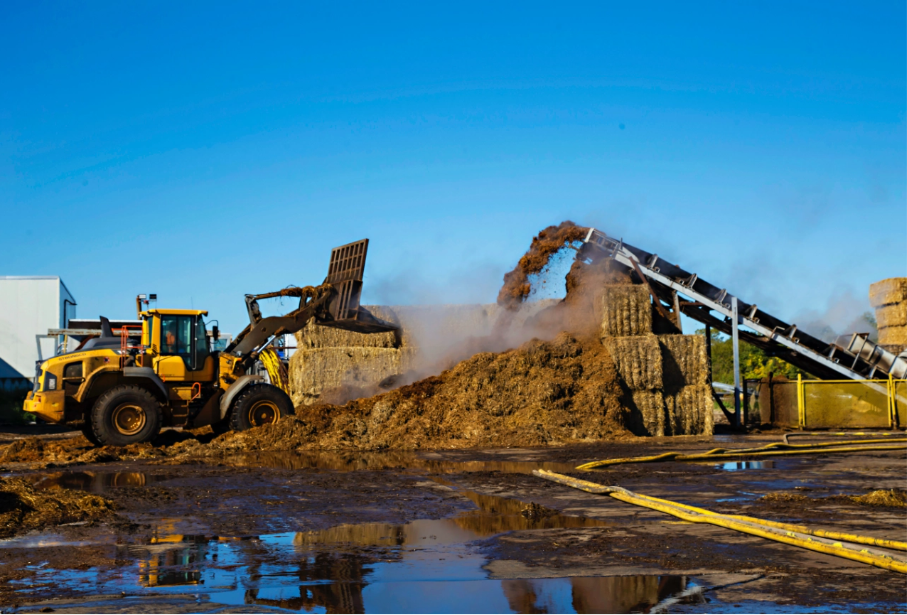
At Highline, we recognize the need for water conservation. We have optimized the growing process by reducing evaporation in our growing rooms, reusing process water in our composting operations, and utilizing greywater to reduce further the need to use groundwater.
We are able to produce one pound of fresh mushrooms using about 6 litres of water, a fraction of what other foods require.
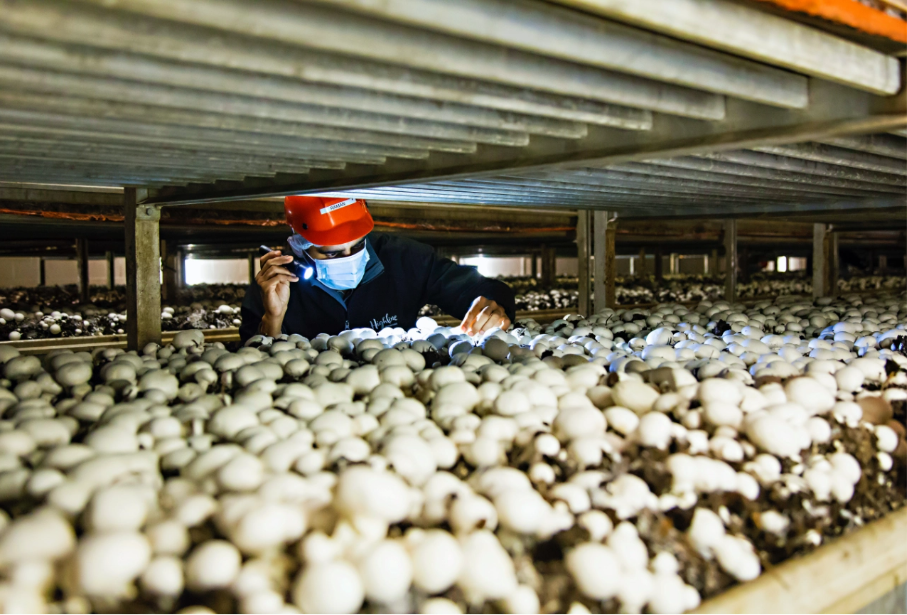
Through the use and installation of state-of-the-art growing technology, we have been able to reduce our energy demand. By using modern and quality materials in the construction of our farms, we are able to maximize the energy we do use all while minimizing our impact on the environment.
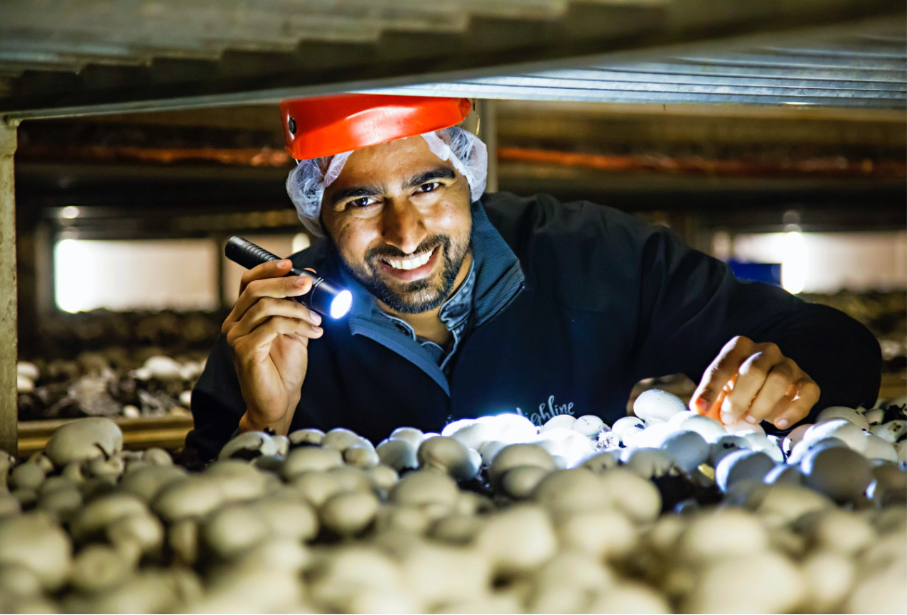
We can grow millions of kilograms of mushrooms on a one-acre farm. Our unique indoor vertical growing facilities have a smaller footprint than other crops, allowing Highline Mushrooms to grow over 5 pounds of fresh mushrooms per square foot.
Learn more about the mushroom industry’s environmental footprint in The Mushroom Sustainability Story: Water, Energy and Climate Environmental Metrics 2017 Report by SureHarvest.